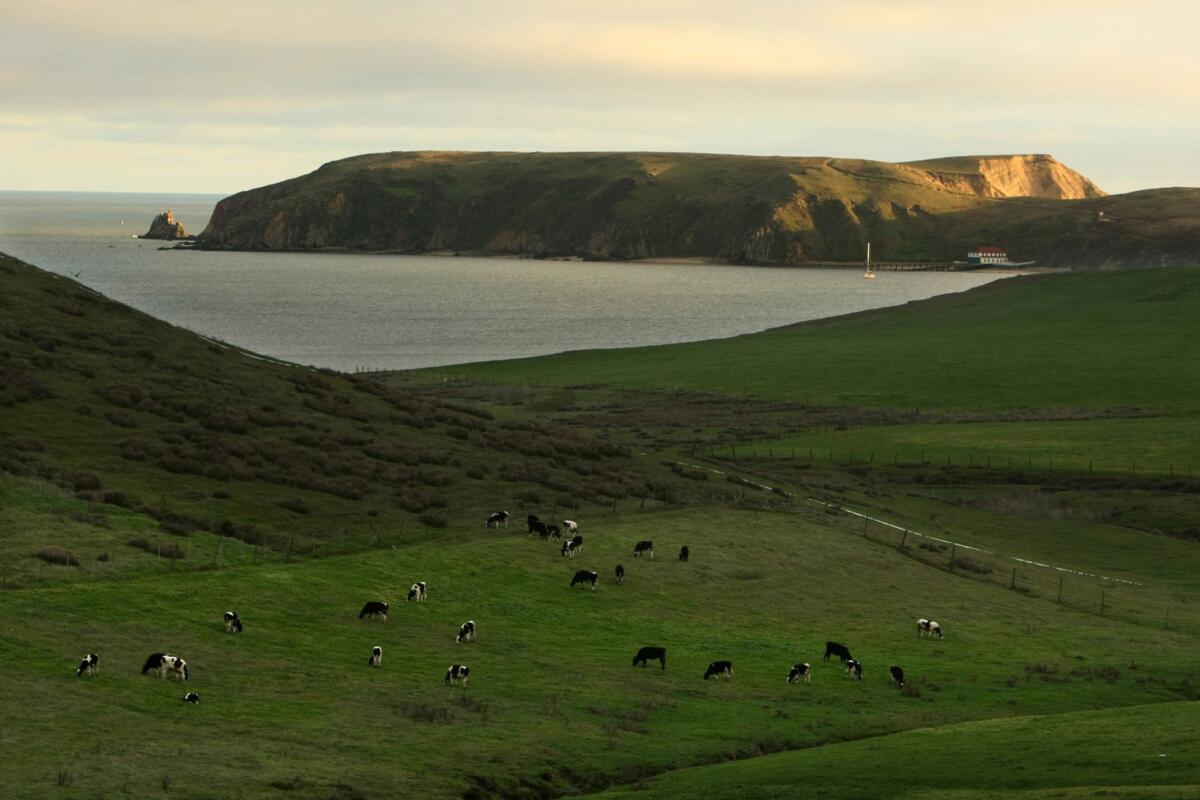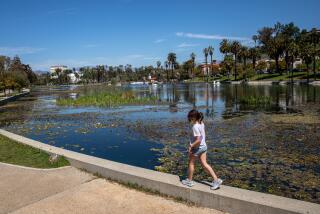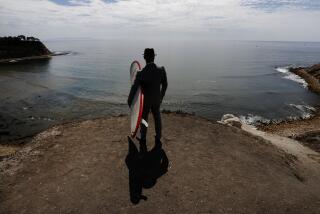Conservationists, National Park Service and Point Reyes ranchers reach settlement on disputed land

- Share via
Environmentalists, the National Park Service and ranchers have reached a settlement over disputed usage rights at Point Reyes National Seashore.
The settlement, which was announced Wednesday, would give conservationists, ranch owners and others an opportunity to offer input on an amended general management plan for the rugged Bay Area peninsula.
The National Park Service, which leases land for cattle grazing, must complete the plan by 2021.
A number of groups, including the Center for Biological Diversity and the Resource Renewal Institute, filed suit against the park service in 2014 as it prepared to grant another round of decades-long leases to ranch owners. Plaintiffs argued that there had been insufficient opportunity for the public to give input on how the parkland was managed.
The park service has been granting one-year authorizations for ranchers to continue operating in the park since 2014, but Wednesday’s agreement allows the leases to increase to five years. The agreement still must be approved in court.
“We are pleased that park ranchers, local government, environmental groups and the park were able to come together and agree to move forward on this important topic,” said Steve Mietz, the park’s acting superintendent. “This approach initiates a comprehensive, robust and durable planning process to define future uses of these lands managed by the park while providing interim stability and authorizations for park ranchers during the new planning process.”
The settlement comes 45 years after the seashore was first established in 1972, when the National Park Service bought out dairy farms and cattle ranches and leased the land and homesteads back to the families who now live there at favorable rates.
Approximately 15 companies graze beef and dairy cattle on 24 lease units covering 18,000 of the park’s 71,000 acres.
“This settlement is a victory for the public and Point Reyes National Seashore, and sets a precedent for protecting our national heritage by guaranteeing citizens a voice in how their public lands are managed,” Deborah Moskowitz, president of the Marin-based Resource Renewal Institute, said in a statement. “Past generations fought to create the Seashore — this settlement helps safeguard this precious public asset for future generations.”
The existence of commercial livestock and dairy operations is rare in the national park system but was allowed in the federal enabling legislation for Point Reyes. Congress intended agriculture to remain in the park, a landscape normally set aside for day-use tourism and sightseeing.
“The public deserves an opportunity to provide input on a range of options, including prioritizing public benefit over commercial livestock interests,” Erik Molvar of Western Watersheds Project said in a statement. “Thanks to the settlement, everyone will now have that chance.”
Rules on governing agriculture, transferring farming rights and expanding operations in the park have been issues for business owners for years. Conservationists are concerned about the effect domesticated cattle have had on the environment and native species such as the Tule elk.
Tule elk are found only in California. In 1978, park workers reintroduced a group of 10 elk in a fenced area on Tomales Point designated as an elk reserve. The herd since has grown to 300 to 500 animals that range widely beyond the designated zone, venturing onto ranch pastures, trampling fences, drinking from stock ponds and feeding on grass used for cattle.
For breaking California news, follow @JosephSerna on Twitter.
More to Read
Sign up for Essential California
The most important California stories and recommendations in your inbox every morning.
You may occasionally receive promotional content from the Los Angeles Times.











